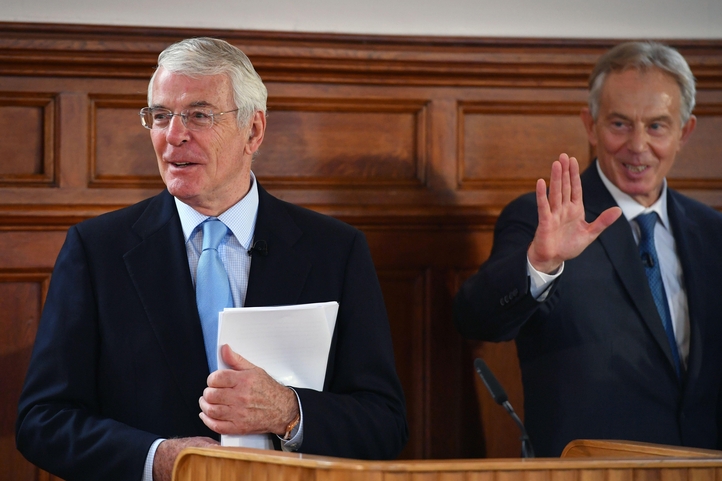Higher education providers face long-term, systemic, pressures on their financial sustainability and viability, with the proportion of providers with an in-year deficit having increased in every one of the past four years.
This has risen from 5 per cent in the 2015 to 2016 academic year, to 32 per cent in 2019-20.
Against this backdrop of deteriorating financial health across an increasing number of providers, in a report today the House of Commons public accounts committee (PAC) says the Department for Education is “not effectively holding the Office for Students to account”.
The committee says it is particularly concerned that student satisfaction, especially regarding value for money, has fallen in recent years: in 2021, 33 per cent of students viewed their course as good value for money, with 54 per cent saying it was not.


Some providers are heavily reliant on income from overseas students’ fees to cross-subsidise research and other activities and dependent on their ability to continue growing overseas student numbers – leaving them potentially exposed to significant financial risks.
In the short term, the higher education sector survived the COVID-19 pandemic because of the resilience of individual providers, financial assistance made available by government, the feared interruption to income from overseas students not materialising and the fact that large-scale tuition-fee refunds were not required.
But the committee says DfE “failed to adequately assess the current and future financial impacts” of the “substantial grade inflation” that resulted from local assessment in place of A-level exams during the COVID-19 pandemic, which meant more students were able to take up places at high-tariff providers, and many medium- and low-tariff and specialist providers were undersubscribed.
Ongoing financial pressures – including pension fund deficits and predicted rises in employer contributions, inflation and rising costs, the cap on student fees, the impact of changes to student loans and potential policy reforms on entry requirements – do, nonetheless, increase the risk of providers failing; closing campuses or courses; reducing the quality of teaching; or limiting access: any of which could adversely affect students. The committee says that in that context, protections for students if providers are in financial distress are not strong enough.
Chair of the committee, Dame Meg Hillier MP, said: “The A level fiasco of 2020 and grade inflation have a long term impact on higher education, adding to deep systemic problems in the financial sustainability of higher education. The number of providers in deficit rose dramatically in the four years up to the onset of the pandemic.
“Too many providers are too heavily dependent on overseas student fees to maintain their finances, research base and provision – that is not a satisfactory situation in a sector that government is leaning on to boost the nation’s notoriously, persistently low productivity.”
The report, published this morning, comes alongside the release of the Times Education Commission Report.
The Commission, backed by former prime ministers Tony Blair and John Major, argues that new university campuses should be created in 50 higher education “cold spots”, including “satellite wings” in further education colleges. The Commission also argues that pay and conditions across further education must be improved and a transferrable credit system between universities and colleges installed to boost productivity.
While prime minster, Blair announced his target of getting 50 per cent of school leavers into university. This was achieved in 2019.

